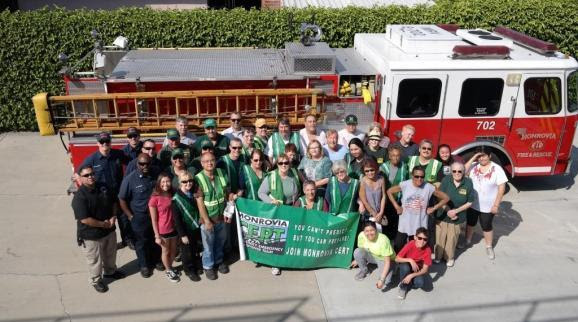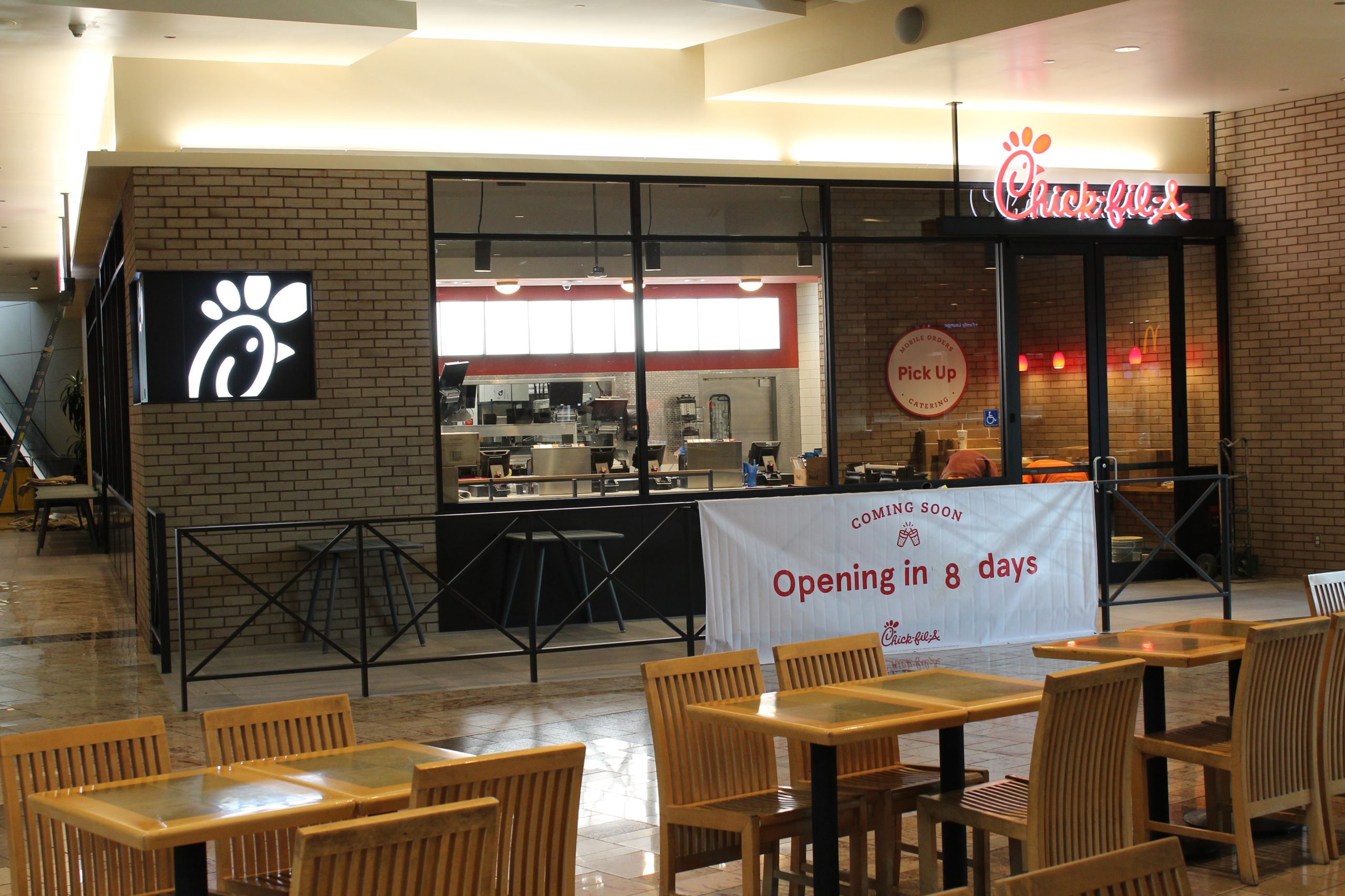
A deadly citrus tree disease, Huanglongbing (HLB), has been found in Los Angeles County and Pasadena is in the HLB quarantine area. An HLB quarantine area is established when HLB is detected to help prevent the spread of HLB to unaffected areas. Because HLB has been confirmed nearby, it is critical that residents do not move citrus fruit and plant material into or outside of the area, as by doing this may put area citrus trees at risk of HLB.
HLB has no cure and is spread by a small pest called the Asian citrus psyllid as it feeds on leaves and stems of citrus trees. HLB is not harmful to humans or animals but once a tree is infected, it will die and must be removed. The best way to protect citrus trees from the disease is to prevent the spread of the psyllid.
HLB at a Glance
- HLB Overview as of Jan. 10, 2020
- HLB is confirmed in Los Angeles, Orange, Riverside and recently, found for the first time in San Bernardino County.
- There are a total of 445 citrus trees confirmed with HLB in Los Angeles County.
- The total number of HLB detections in California has risen to 1,754 trees.
- The HLB quarantine area is a total of 1,224 square miles. This is a 38% increase from 2018 to 2019.
- Best Practices
- Proactively inspect citrustrees for HLB monthly, and whenever watering, spraying, pruning or tending to trees.
- Symptoms of HLB include blotchy and yellowing leaves, premature and excessive fruit drop, lopsided fruit, and bitter, inedible fruit.
- Call the state’s pest hotline at (800) 491-1899 if the disease is spotted.
- Cooperate with agriculture officials who may ask to inspect or treat the citrus
- As part of tree maintenance, visit a local nursery or garden center to get advice on products that can help protect citrusRecommendations on managing the Asian citrus psyllid can be found by visiting the University of California Division of Agriculture and Natural Resources website: ucanr.edu/sites/ACP/Homeowner_Options/.
- When pruning citrustrees, be sure to dry out citrusclippings or double bag them before removing the plant material from the property.
- Refrain from moving citrusplants, foliage or fruit off of your property, as doing this may unknowingly spread the pest.
- Visit orgfor more information on the Asian citruspsyllid and HLB.






